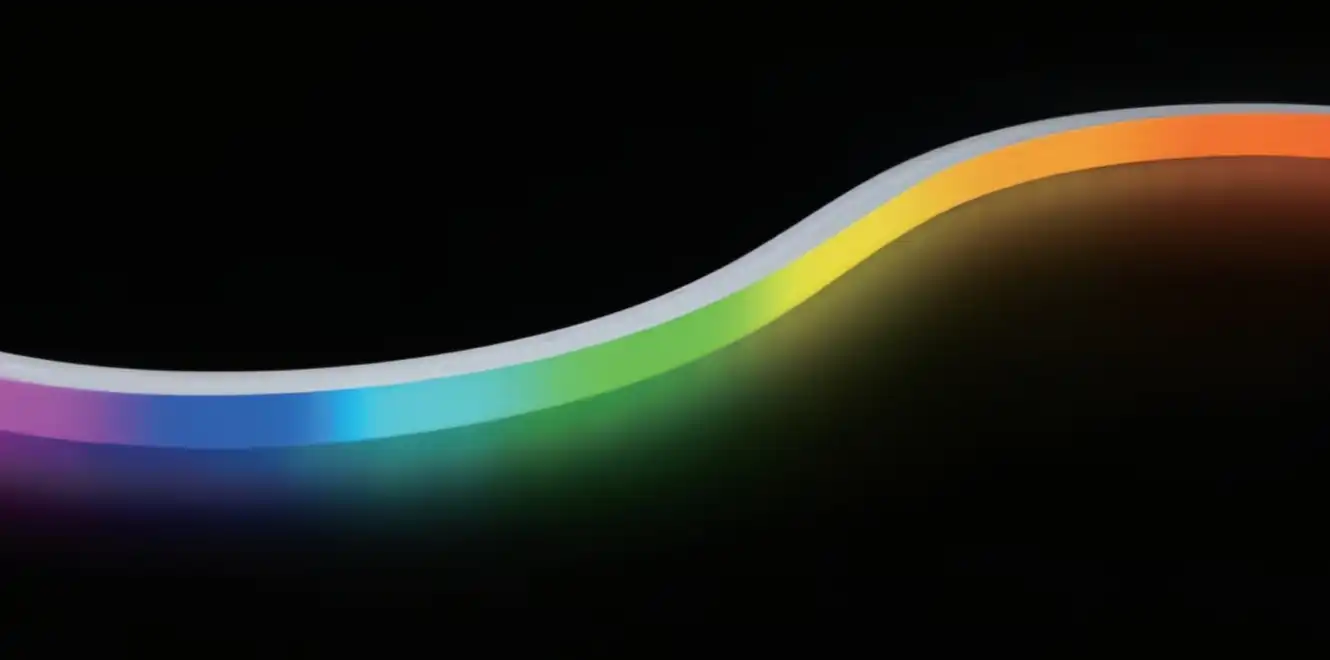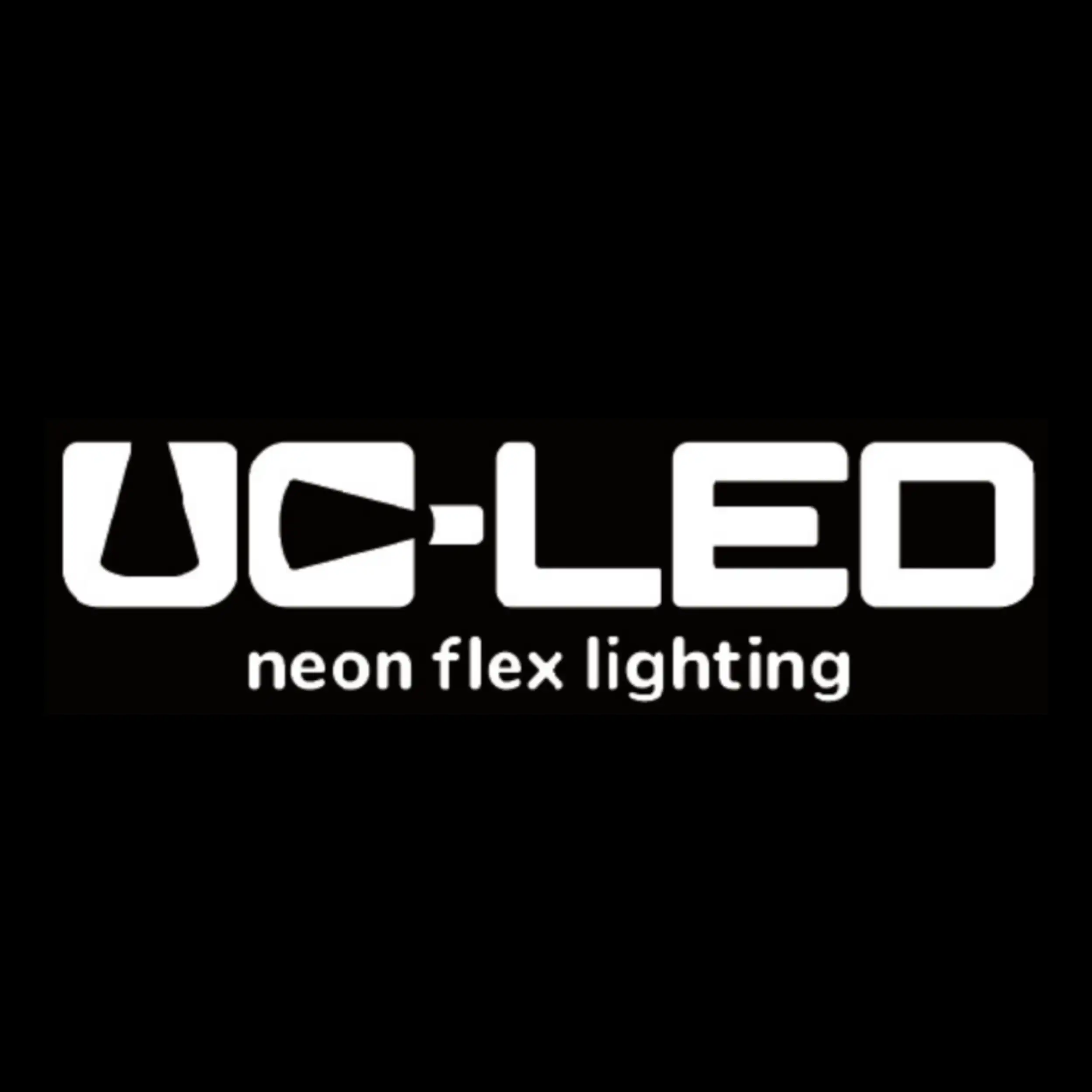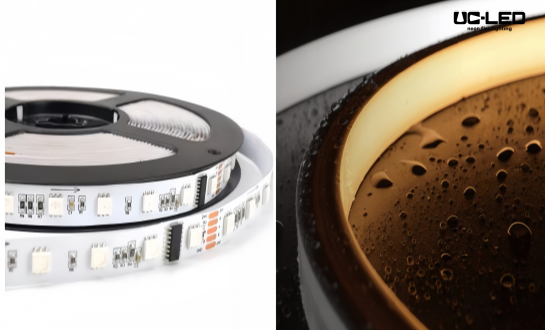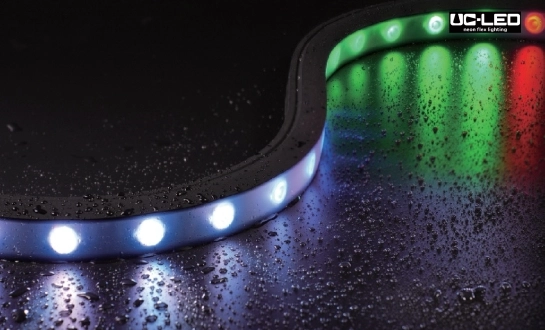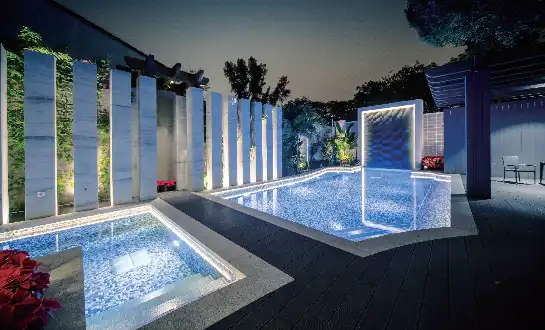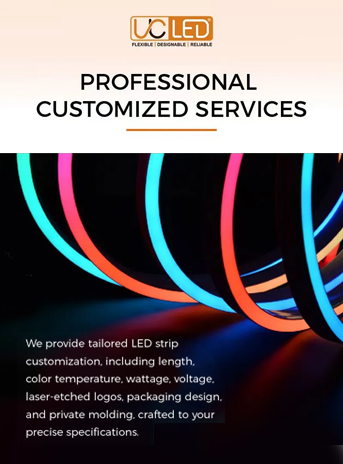Introducing the Technology Behind Dimmable LED Neon Flex
The Evolution from Traditional Neon to LED Neon Flex
LED neon flex has emerged as a game-changing alternative to traditional neon lighting. Unlike its predecessor, which relied on gas-filled glass tubes, it utilizes a string of LEDs encased in a flexible silicone or PVC housing. This ingenious design allows for greater durability, energy efficiency, and versatility in application.
The transition from conventional neon to LED technology has brought about numerous advantages. LED neon flex consumes significantly less power, generates minimal heat, and boasts a considerably longer lifespan. These attributes make it an eco-friendly and cost-effective lighting solution for both residential and commercial settings.
The Science of Dimming in LED Neon Flex
Dimmable LED neon flex takes the innovation a step further by incorporating dimming capabilities. This feature allows users to adjust the brightness of the light output, creating ambiance and saving energy. The dimming functionality in LED neon flex is achieved through two primary methods: Pulse Width Modulation (PWM) and Constant Current Reduction (CCR).
PWM dimming rapidly switches the LEDs on and off at a frequency imperceptible to the human eye. By varying the duty cycle of these on-off pulses, the perceived brightness of the LED neon flex can be adjusted. On the other hand, CCR dimming works by directly reducing the current supplied to the LEDs, resulting in a decrease in light output.
Color Temperature and Its Impact on Ambiance
Another crucial aspect of dimmable LED neon flex is its ability to offer various color temperatures. Color temperature, measured in Kelvin (K), affects the perceived warmth or coolness of the light. Lower color temperatures (2700K-3000K) produce a warm, cozy glow reminiscent of traditional incandescent bulbs, while higher color temperatures (5000K-6500K) emit a cooler, more energizing light.
The flexibility to choose and even adjust color temperature allows users to create the perfect ambiance for any setting. Some advanced dimmable LED neon flex models even offer tunable white light, enabling users to shift between warm and cool tones as desired.
Key Features to Consider When Buying Dimmable LED Neon Flex?
IP Rating and Durability
When selecting dimmable LED neon flex, the Ingress Protection (IP) rating is a critical factor to consider, especially for outdoor or potentially wet environments. The IP rating indicates the level of protection against dust and water ingress. For example, an IP67 rating signifies complete dust protection and the ability to withstand temporary immersion in water.
Beyond water resistance, consider the overall durability of the LED neon flex. High-quality options often feature UV-resistant silicone housings, which prevent yellowing and degradation when exposed to sunlight. Additionally, look for products with robust, flexible materials that can withstand bending and shaping without damage to the internal components.
Dimming Range and Compatibility
The dimming range of LED neon flex refers to the extent to which the light output can be adjusted. A wider dimming range offers greater flexibility in creating the desired ambiance. Some high-end models can dim down to 1% of their maximum brightness, providing an impressive range of lighting options.
Compatibility with various dimming systems is another crucial consideration. Ensure that the dimmable LED neon flex you choose is compatible with your existing dimming setup, whether it's a traditional wall dimmer, a smart home system, or a DMX controller for more complex lighting arrangements.
Energy Efficiency and Power Consumption
One of the primary advantages of LED neon flex over traditional neon is its superior energy efficiency. When choosing a dimmable product, pay attention to its power consumption, typically measured in watts per meter or foot. Lower wattage generally indicates higher energy efficiency, which can lead to significant savings on electricity bills over time.
It's also worth noting that the ability to dim the lights further enhances energy efficiency. By reducing the brightness when full output isn't necessary, you can substantially decrease power consumption and extend the lifespan of your LED neon flex.
Color Rendering Index (CRI) and Light Quality
The Color Rendering Index (CRI) is a measure of how accurately a light source reveals the colors of objects compared to natural light. A higher CRI value indicates better color rendering, with a score of 100 being equivalent to natural daylight. For applications where color accuracy is crucial, such as retail displays or art installations, opt for dimmable LED neon flex with a high CRI (90+).
Beyond CRI, consider the overall light quality. Look for LED neon flex that produces smooth, consistent illumination without visible hot spots or dark areas. This uniformity is especially important for applications where the product will be viewed directly, such as in signage or decorative installations.
Applications and Installation Tips for Dimmable LED Neon Flex
Versatile Applications in Various Settings
Dimmable LED neon flex finds applications in a wide array of settings, thanks to its flexibility and customizable lighting output. In residential spaces, it can be used for accent lighting, under-cabinet illumination, or to create striking visual features in living areas. Commercial applications are equally diverse, ranging from eye-catching storefront displays to immersive restaurant and bar atmospheres.
The architectural lighting sector has also embraced dimmable LED neon flex for its ability to accentuate building contours and create dynamic facade lighting. In the entertainment industry, it's used for stage designs, concert venues, and even TV and film productions, where precise control over lighting intensity is crucial.
Installation Considerations and Best Practices
Proper installation is key to maximizing the performance and longevity of dimmable LED neon flex. While the flexibility of the product allows for creative installations, there are several best practices to keep in mind:
- Ensure a clean, dry surface before mounting
- Use appropriate mounting clips or channels to secure the LED neon flex
- Avoid sharp bends that could damage the internal components
- Plan the power supply location and wiring routes in advance
- Consider professional installation for complex setups or outdoor applications
Maintenance and Troubleshooting
While LED neon flex is generally low-maintenance, regular cleaning and inspection can help maintain its performance and appearance. Use a soft, dry cloth to remove dust and debris, and avoid using harsh chemicals that could damage the silicone housing.
In case of dimming issues, first check the compatibility of your dimmer with the LED neon flex. Some problems can be resolved by upgrading to a compatible LED dimmer or adjusting the minimum load requirements. For more complex issues, consult the manufacturer's troubleshooting guide or seek professional assistance.
Future-Proofing Your Lighting Setup
As smart home technology continues to evolve, consider choosing dimmable LED neon flex that is compatible with smart lighting systems. This compatibility allows for integration with voice assistants, mobile apps, and automation routines, providing greater control and convenience.
Additionally, some advanced dimmable LED neon flex products offer features like color-changing capabilities or the ability to create dynamic lighting effects. While you may not need these features immediately, opting for a more versatile product can future-proof your lighting setup and provide more options down the line.
Conclusion
Dimmable LED neon flex represents a significant leap forward in lighting technology, offering unparalleled flexibility, energy efficiency, and aesthetic appeal. By understanding the key features, applications, and installation considerations outlined in this guide, you're well-equipped to make an informed decision when purchasing dimmable LED neon flex for your specific needs.
For more information on our range of dimmable products or to discuss your specific lighting requirements, please don't hesitate to contact us at Linda@uc-led.com. Our team of lighting experts is ready to help you find the perfect solution for your project.
